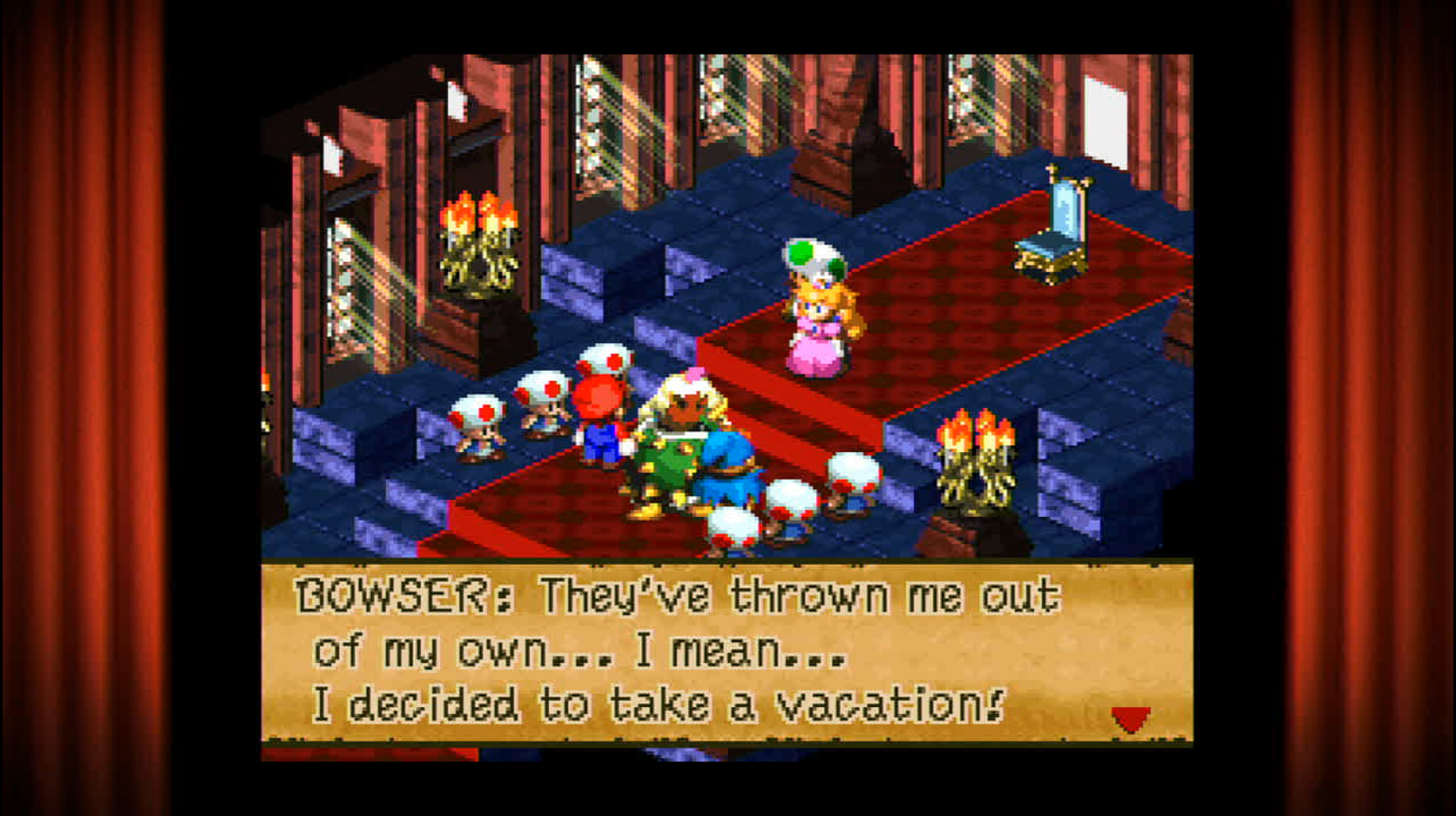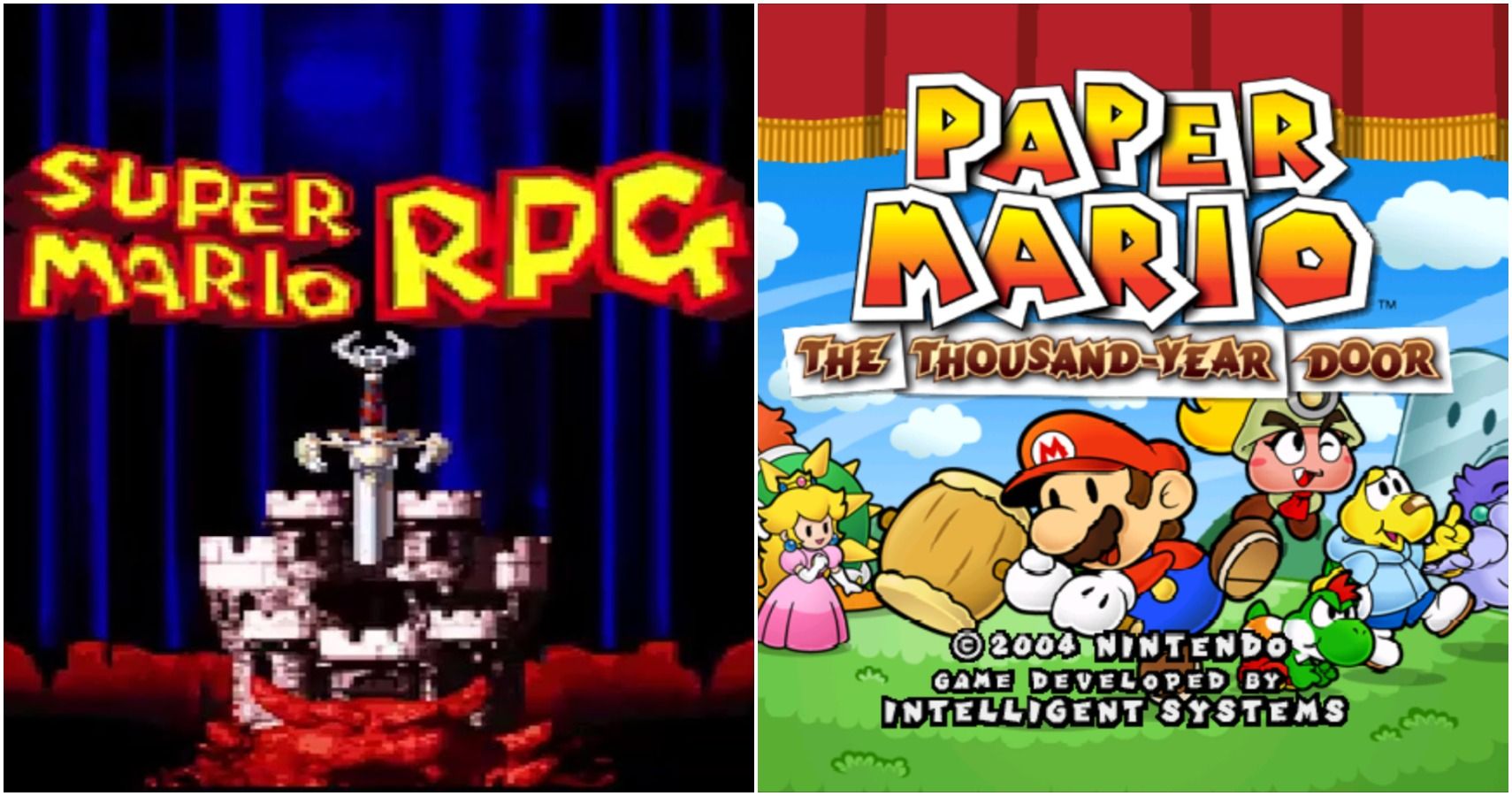

With development starting in earnest in 1995, the two companies (with primary development being handled by Square), worked together to create a hybrid of the disparate platforming actio and RPG genres to create a game that played to the strengths of franchise like Mario and Final Fantasy, while trimming out things that would have been weaknesses had they just been mashed together wholesale.Ĭombined with a story that featured new characters and an original plot, an excellent soundtrack by Yoko Shimomura, who arranged iconic Mario tracks by Koji Kondo, and some of Nobuo Uematsu’s work from Final Fantasy, its unique visual style, and engaging gameplay, the game was something of a total package. Square wanted to make a game that would sell well overseas, Shigeru Miyamoto wanted to make a Mario game with RPG elements, and Square just happened to be in a position to talk with Nintendo to make that happen. An Unlikely MatchĪ chance meeting, an idea from a legendary creator, and a want to broaden horizons all came into play during the development of Super Mario RPG. Much like its contemporaries, the RPGs of the late SNES era just had that creativity and innovation that ensured they’d be timeless. Today (March 9th) is one such day, as it marks the 25th anniversary of Super Mario RPG: Legend of the Seven Stars.ĭespite advancements in games, the evolution of RPGs as a genre, this game, and its cast of familiar and unique characters still endure as a beloved JRPG that brings people back to it, whether its for the first time or the tenth.


Two and a half decades is a long time, and for a game, it can seem like several eons with how fast the medium advances. However for some titles, they stand up to that test, and prove themselves to be enduring classics that are as fun to play as they are beloved in our memories. Turning twenty-five is a milestone year for most things.
Share Jumping into Hearts for a Quarter-Century


 0 kommentar(er)
0 kommentar(er)
